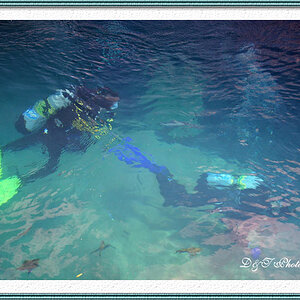julie32
TPF Noob!
- Joined
- Jun 25, 2007
- Messages
- 354
- Reaction score
- 0
- Location
- New York City
- Website
- www.juliestarkphotography.com
- Can others edit my Photos
- Photos OK to edit
Morning all:
I haven't been on in two years and I've missed this forum, so I'm back in full force!
I'm wondering if someone can please explain to me what I'm doing wrong to get a white sky in my photos when the sky was a gorgeous blue.
I was shooting between AV mode and TV mode (for action with my 19 month old nephew), playing around with the flash (on/off). I shoot with a Canon 5D.
Is it an ISO thing? A common novice thing? Any technical explanation will be so helpful.
thank you,
julie
I haven't been on in two years and I've missed this forum, so I'm back in full force!
I'm wondering if someone can please explain to me what I'm doing wrong to get a white sky in my photos when the sky was a gorgeous blue.
I was shooting between AV mode and TV mode (for action with my 19 month old nephew), playing around with the flash (on/off). I shoot with a Canon 5D.
Is it an ISO thing? A common novice thing? Any technical explanation will be so helpful.
thank you,
julie



 and it wouldn't have been a problem, i have never had trouble with the 5D metering
and it wouldn't have been a problem, i have never had trouble with the 5D metering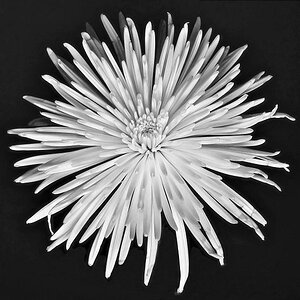
![[No title]](/data/xfmg/thumbnail/36/36683-f6eb24f9964981cb4cafa35336058881.jpg?1619737677)
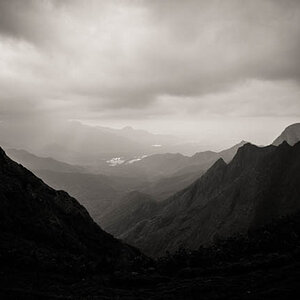
![[No title]](/data/xfmg/thumbnail/32/32937-a884897f1671b4bfa4a955c9e4b7e574.jpg?1619735768)
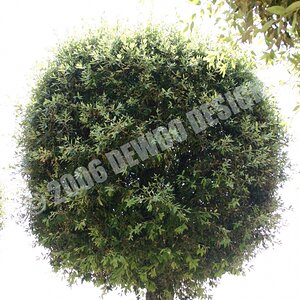
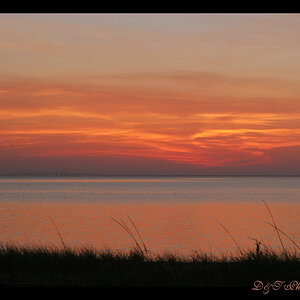
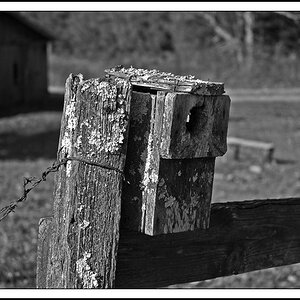

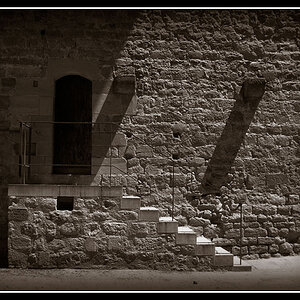
![[No title]](/data/xfmg/thumbnail/32/32935-452d7573a35ee2f5d0b9ad6463de680e.jpg?1619735766)

